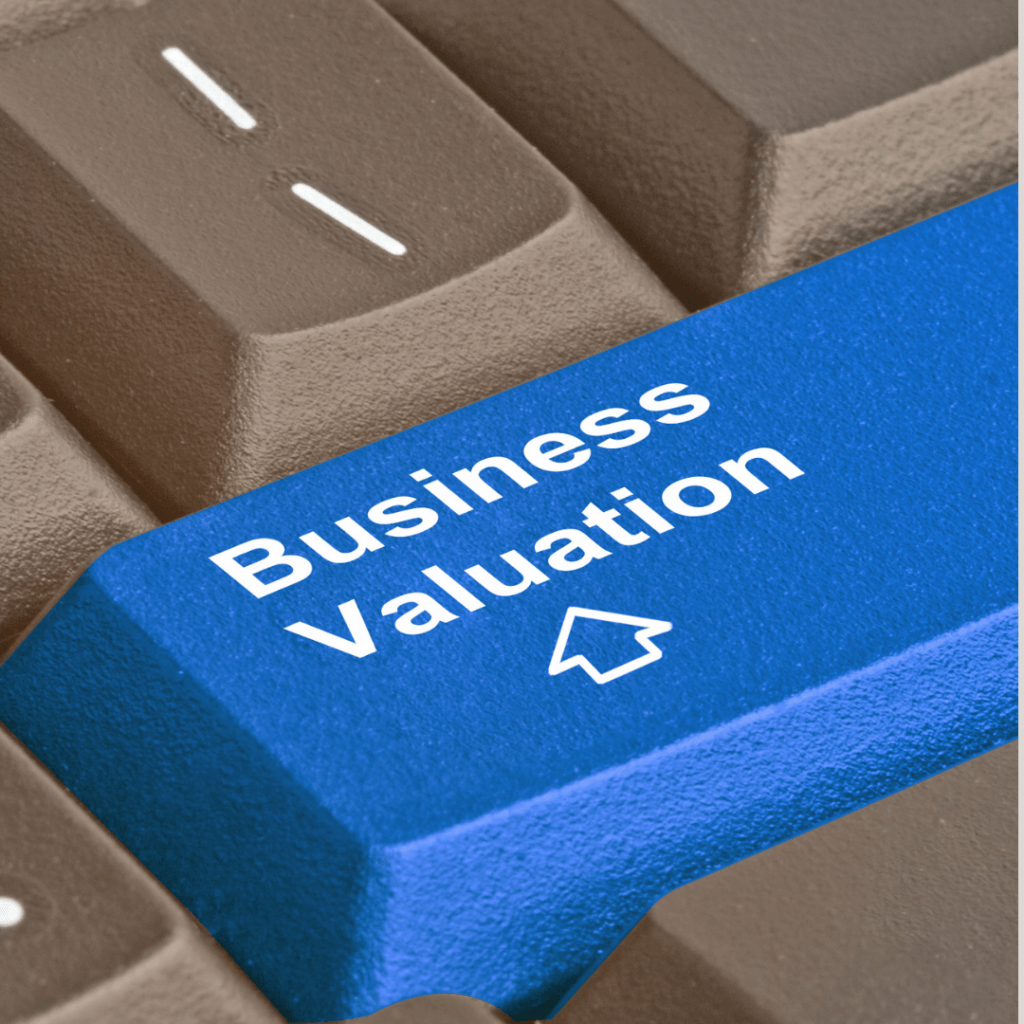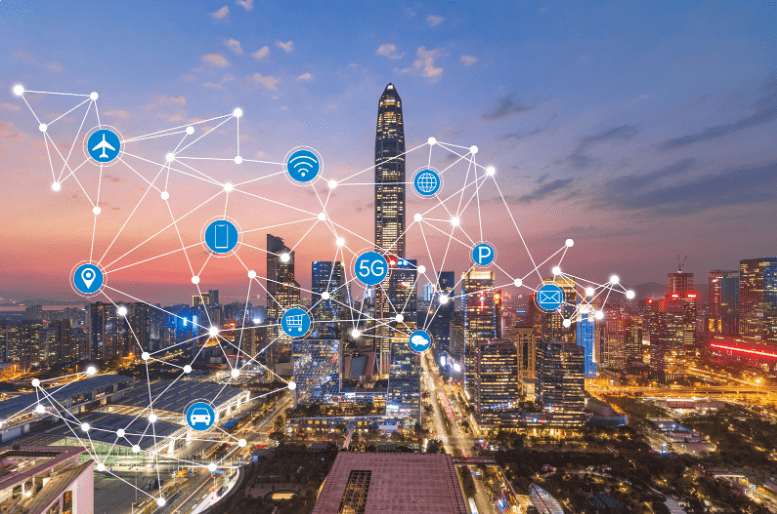In 2004, researchers from the National University of Singapore built a framework for a semantically advanced space. Such a space was characterized by context-aware applications gathering insights about the tangible surroundings. The idea was to coalesce the material and the virtual (digitized) worlds to nurture a smart space that complemented human efforts. Fast forward to two decades, and the idea remains the same, except for the relatively manifold expectations out of advanced technologies like IoT, AI, and edge computing to materialize innovative, integrated, and disruptive smart spaces. It’s noteworthy that COVID-19 impacted the smart spaces market – it’s projected to constitute a global value of $18.4 billion by 2026. With R&D activities fueling up, this number will keep soaring with incremental year-on-year growths. Understanding Smart Spaces An area incorporating data-acquiring networked sensors for facilitating a seamless integration between humans and machines is a smart space or a connected place. These physical locations equip occupants and solution architects with knowledge about dynamic yet efficient space utilization. Going by that definition, a smart space can be anything from a traffic intersection to a factory or a hotel or even an office — as long as it is equipped with sensors to gather data and insights about the environment. Such insights can be used to: The smart spaces market is a booming ecosystem established around solutions that add value to the physical world. It’s a consumer-oriented niche with spaces like homes or workplaces acting as platforms to provide value for people via real-time contextual services. As such, the entire gamut of smart space solutions encompasses three key categories, namely: context-aware computing, IoT connectivity, and cloud. These three components are imperative for a fully functional smart space that offers a myriad of applications, ranging from entertainment to safety and security services. Technologies Powering the Smart Spaces of Tomorrow IoT as a Powerhouse for Innovative Smart Spaces The Internet of Things (IoT) is among the top-tier technologies being used to improve the quality of urban living. For instance, smart streetlights, smart roads, ambient lighting, and smart parking are all IoT-powered solutions. Such an ecosystem based on IoT is considerably better equipped to handle the tasks of space monitoring, energy management, and city surveillance. Not to mention that IoT-powered smart spaces are capable of gathering information about various aspects like location/movement, behavior, personnel/vehicle/object history, energy consumption levels, and so on. To optimize the performance of smart spaces, each piece of information needs to be analyzed against the backdrop of real-time usage patterns. To this end, a variety of intelligent devices can be used to accommodate smart spaces, including: Blockchain as a Catalyst for Disruptive Smart Spaces Blockchain is a decentralized ledger that archives transactions across a network of communicating nodes. Owing to its immutability and transparency, blockchain technology has established itself as an integral part of the IoT ecosystem, where it is customarily used to track supply chain processes. Nevertheless, its applications extend far beyond inventory-oriented use cases. For example, blockchain’s decentralized ledger system could be leveraged to help manage property leasing and subsequent monetary transactions. In that light, its alliance with the IoT ecosystem becomes highly valuable for the development of smart cities. And the benefits don’t end here. Researchers from IIIT Kerela outline that blockchain’s “non-fungible token system avoids discrepancies or disputes in land usage patterns and ensures fair distribution of income to all the involved stakeholders.” After all, the success of smart spaces would depend on the overall efficiency of the system. Edge Computing as a Workhorse for Smart Spaces Edge computing refers to a distributed computing model where routing and data-processing tasks are shifted from a central server to end-user devices. In a nutshell, the idea of edge computing is to completely offload the required computational power from an overloaded or central point. In this regard, edge computing, when considered a driving technology for smart spaces, can be used to speed up decision-making processes by cutting down the amount of data that needs to be processed at the cloud level and reducing the latency. A prominent example of the aforementioned can be observed in the office space. For instance, an office is equipped with computer vision and an edge computing platform that is designed to collect data from surveillance cameras, motion sensors, and other IoT-enabled devices. As a result, the solution delivers real-time data analytics and insights about the space — both in static and dynamic forms — something that tenant companies can leverage to improve their processes. Another example of this concept is the installation of vision-based intelligent traffic lights. With smart traffic lights, there’s less need to send data to the cloud for processing purposes, which frees up bandwidth and enhances the performance of the network. An extension of the same could be analyzing traffic congestion and subsequently eliminating high congestion costs. In a Nutshell Smart spaces are here to stay, and the combination of the IoT, cloud, AI, edge computing, and blockchain technologies would add further innovation to these highly efficient environments. To know more about how to implement smart spaces in your real estate projects, feel free to get in touch with our experts.



